Arter is Istanbul’s first home for a permanent collection of contemporary art
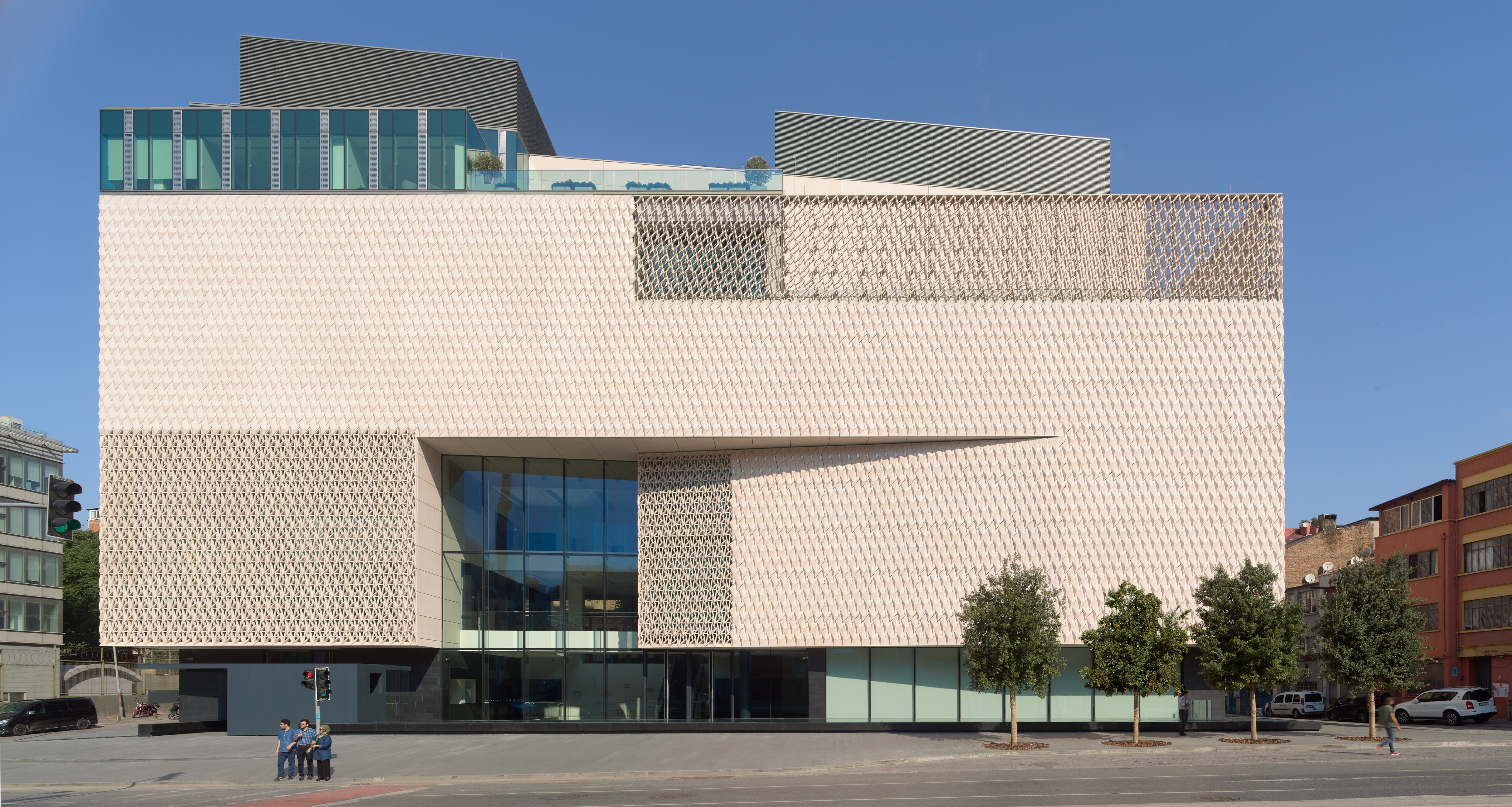
Arter, the new, monumental contemporary gallery space in Istanbul’s Dolapdere district, is something of an optical illusion. For it is difficult to tear one’s eyes away. In the midst of the fourth biggest city in the world, a sprawling warren of cacophonous noise and movement, Arter is like a portal into a parallel universe, or a worm-hole into a very serene and tranquil neighbouring planet.
The gallery, which is designed by London-based firm Grimshaw Architects, is covered with a mosaic of rectangular planes of glass-fiber. They tessellate together, rhomboid-like, in convex and concave shapes, and have been glazed by hand so they resemble the surface of the beautiful ceramics that forms such a part of Turkey’s long and proud artistic heritage. As the sun moves over the Istanbul cityscape, Arter’s façade shimmers with light and shade, mirroring the patterns of the clouds and the movement of the city.
The building is Istanbul’s – and indeed Turkey’s – first home to a permanent collection of contemporary art. This is not a humble beginning. Without an entrance fee, the citizens of Istanbul can now view 1300 works by more than 300 artists, half of which are of Turkish origin, with around 30 per cent from Europe and 20 per cent from the rest of the world. Arter’s collection includes world-renowned luminaries like Joseph Beuys, Geta Bratescu, Mona Hatoum and Sophie Calle.
Arter has been funded by the Koç family, who, as art patrons the Vehbi Koç Foundation, have acted as sponsors of the Istanbul Biennial for the last 15 years. The opening of this stunning new building marks the 50th anniversary of the founding of the Foundation.
Arter began life as a subsidiary of the foundation in 2010. But Grimshaw’s significant involvement began as the result of a paid project competition initiated in 2013. The competition was won by Grimshaw, whose design was augmented by contributions by Thornton Tomasetti, Max Fordham and Neill Woodger Acoustics. Construction of the building started in 2015, and opened for the first time alongside the press previews for Istanbul Biennial 2019.
Arter’s new building, which covers six floors and more than 18,000 sq m, is conceived as a versatile ‘series of spaces', says Kirsten Lees of Grimshaw Architects, who describes the building as ‘a complex, engaging totality that changes constantly depending on the viewer’s position, creating a multi-layered, integrated and interdisciplinary public space.' Arter is connected by a central atrium that serves and intersects with six varying galleries and a terrace, which is used for sculptural works. All together, the building has a designated exhibition space of approximately 4,000 sq m.
Many modern art galleries seem satisfied with a series of adjoining white cube spaces. Yet the design itself has enabled Arter, in its very being, to exhibit the most contemporary of contemporary art as the form cross-pollinates and breeds with other mediums.
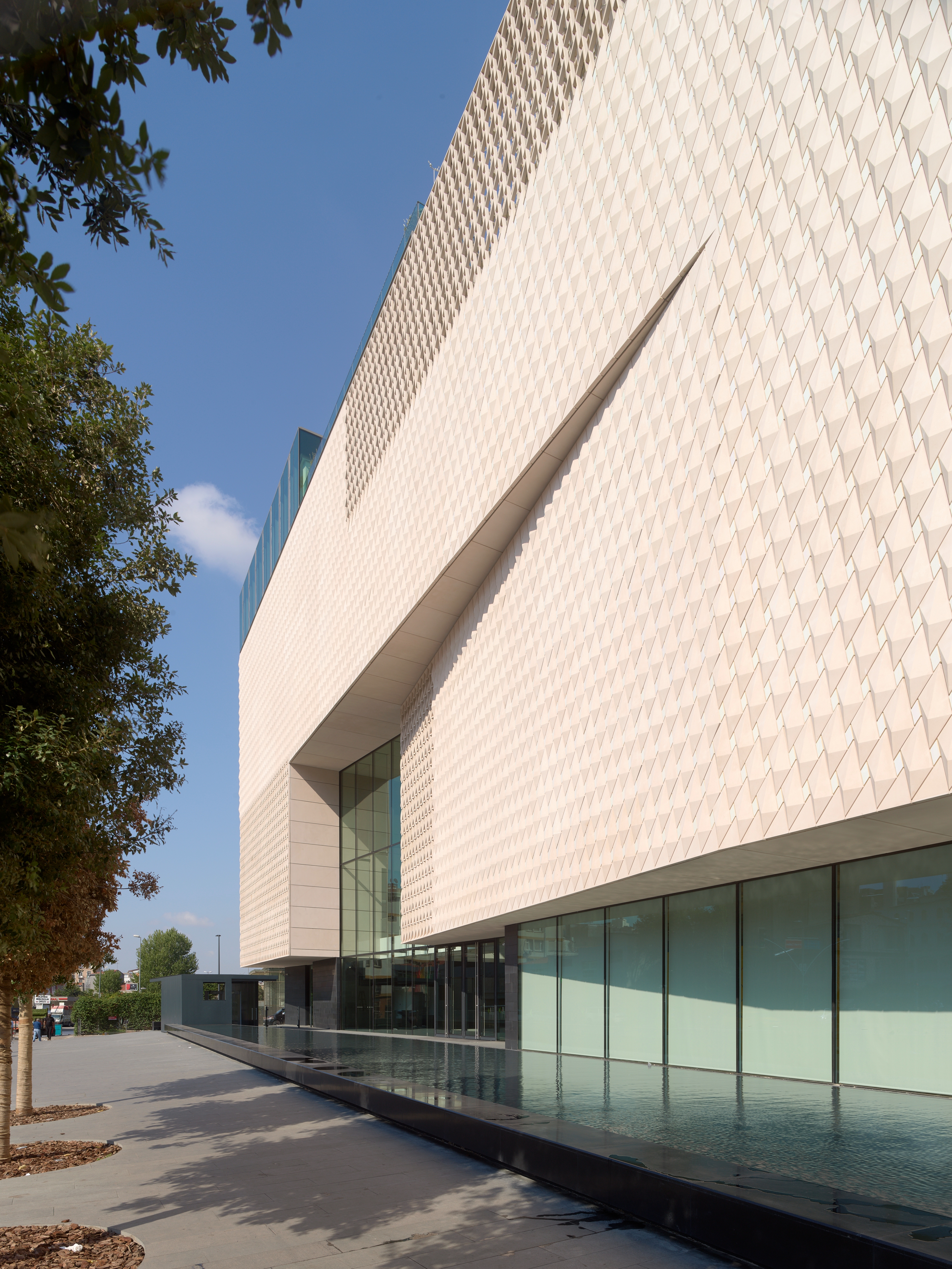
Arter thus opens with seven separate exhibitions, four of which are drawn from the collection. ‘What Time Is It?', curated by Emre Baykal and Eda Berkmen, and ‘Words Are Very Unnecessary', curated by Selen Ansen, are both carefully compiled explorations of the permanent collection, loosely based around themes of shared memory, cultural lineage and vernacular history.
These are joined by a retrospective exhibition of Altan Gürman, the pioneering Turkish artist whose influence has only recently been recognised. Gürman was born in 1935 and graduated from the Department of Painting at the Istanbul State Academy of Fine Arts as a young man in the late 1950s. Yet he only produced work from 1965 until his untimely death in 1976.
Curated by Başak Doğa Temür, the exhibition brings to light Gürman’s entire oeuvre for the first time. Whilst many of his contemporaries were working on traditional canvases, onto which they carefully applied acrylic and gouache, Gürman incorporated to his creations various types of metal and wood, barbed wire, thick cardboard and the kind of cellulose paint you might find in heavy industrial processes. Gürman would spray paint onto his workspaces with a pesticide pump.
After his death, Gürman’s works were meticulously preserved by his wife, Bilge. Yet Gürman remained largely undiscovered by the art world. The presentation of his work in such epic surroundings makes, in itself, Arter a worthwhile investment. Close-by, we find a room dedicated to video art, and here we view Rosa Barba's solo presentation ‘The Hidden Conference', which comprises of a three-part film series the artist shot at different museum storage facilities.
‘The building as a complex, engaging totality that changes constantly depending on the viewer’s position, creating a multi-layered, integrated and interdisciplinary public space'
In the building’s bowels, we find two performance halls; Karbon, a ‘blackbox' designed for installation-based performance work, which houses a flexible seating structure for 332, and, thanks to a tension wire grid system, allows sound and light equipment to be suspended from the ceiling. Here, we find Céleste Boursier-Mougenot’s ‘Offroad v.2', which, to a deafening abstract soundscape, features three grand pianos that, quite by themselves, drift and interact at various speeds and angles. They have been programmed, somehow, to respond to the speed and direction of the wind that hits Arter’s exteriors, we are told.
Then there’s the Sevgi Gönül Auditorium, with a telescopic seating system of 168, which is designed to double as both a darkened cinema, an intimate conference space and a chamber for concerts and dance performances. It has a sprung floor, while wall panels transform into seamless mirrors. Arter’s cinema programme will kick off with a retrospective on director Jonas Mekas.
‘Arter’s varied programme offers opportunities to foster and create new synergies between art forms, while providing a focus for physical and intellectual interaction and the creation of innovative creative communities,' Lees says. If one needs an escape in Istanbul, Arter is indeed a portal to another world.
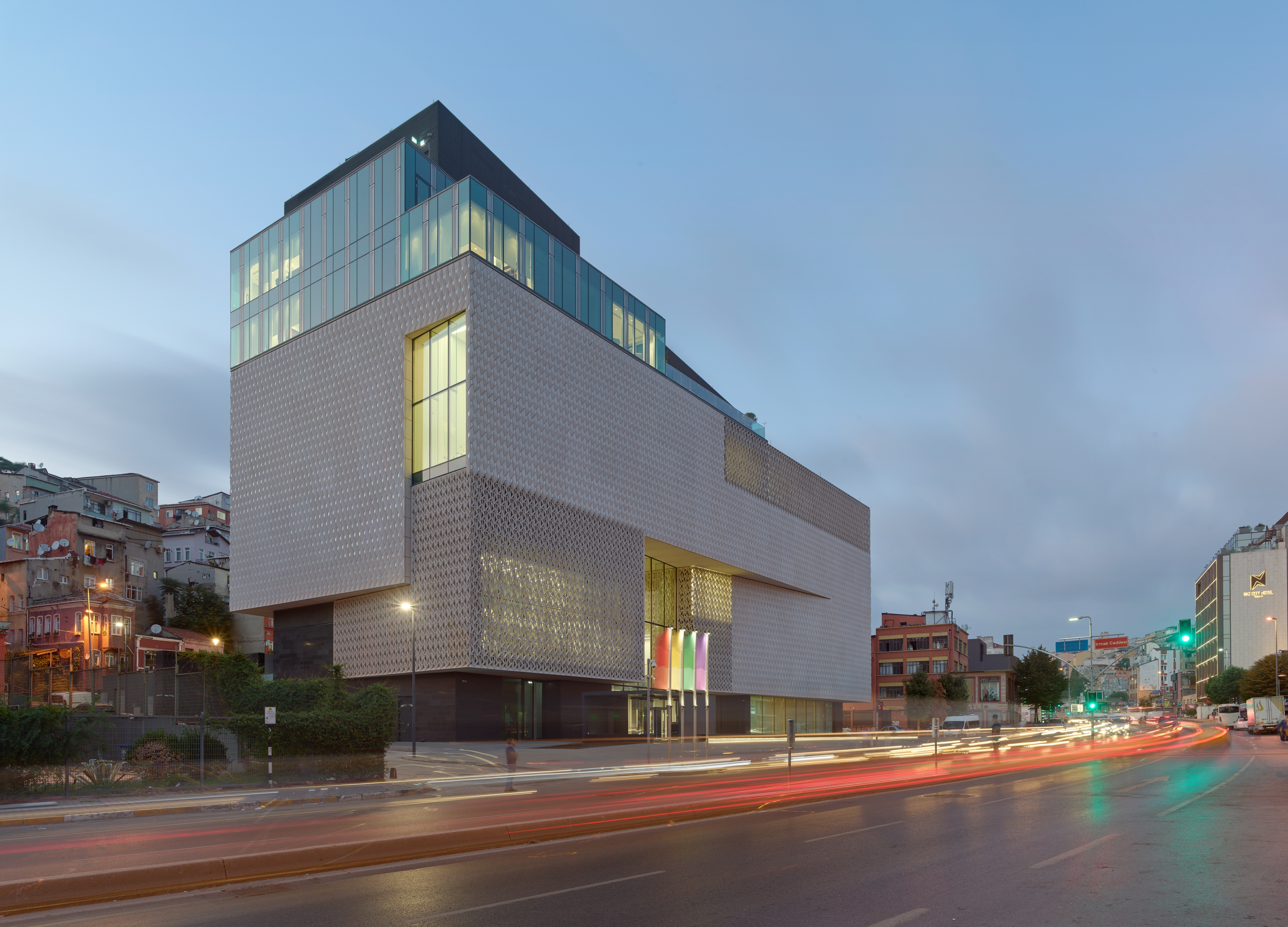
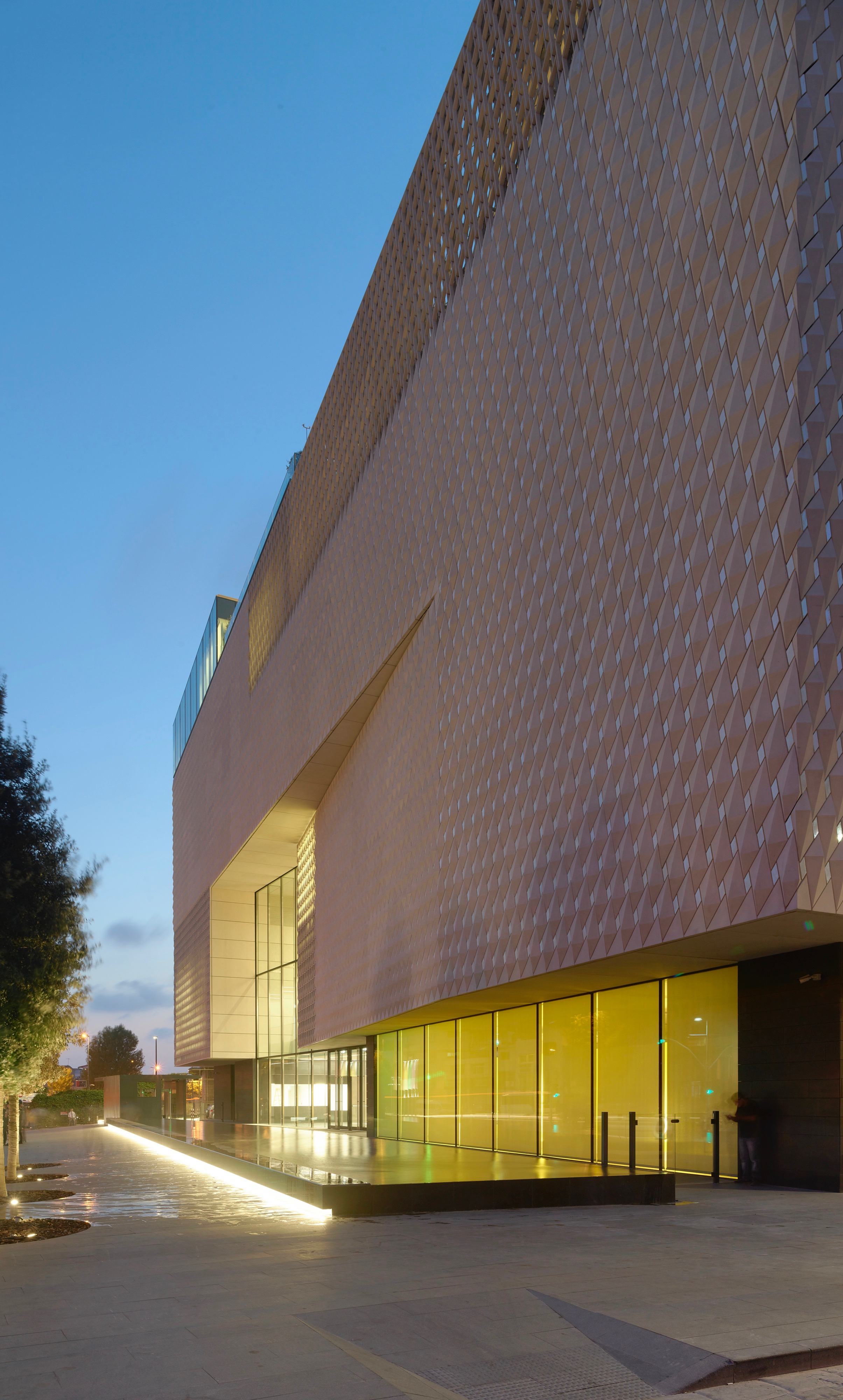
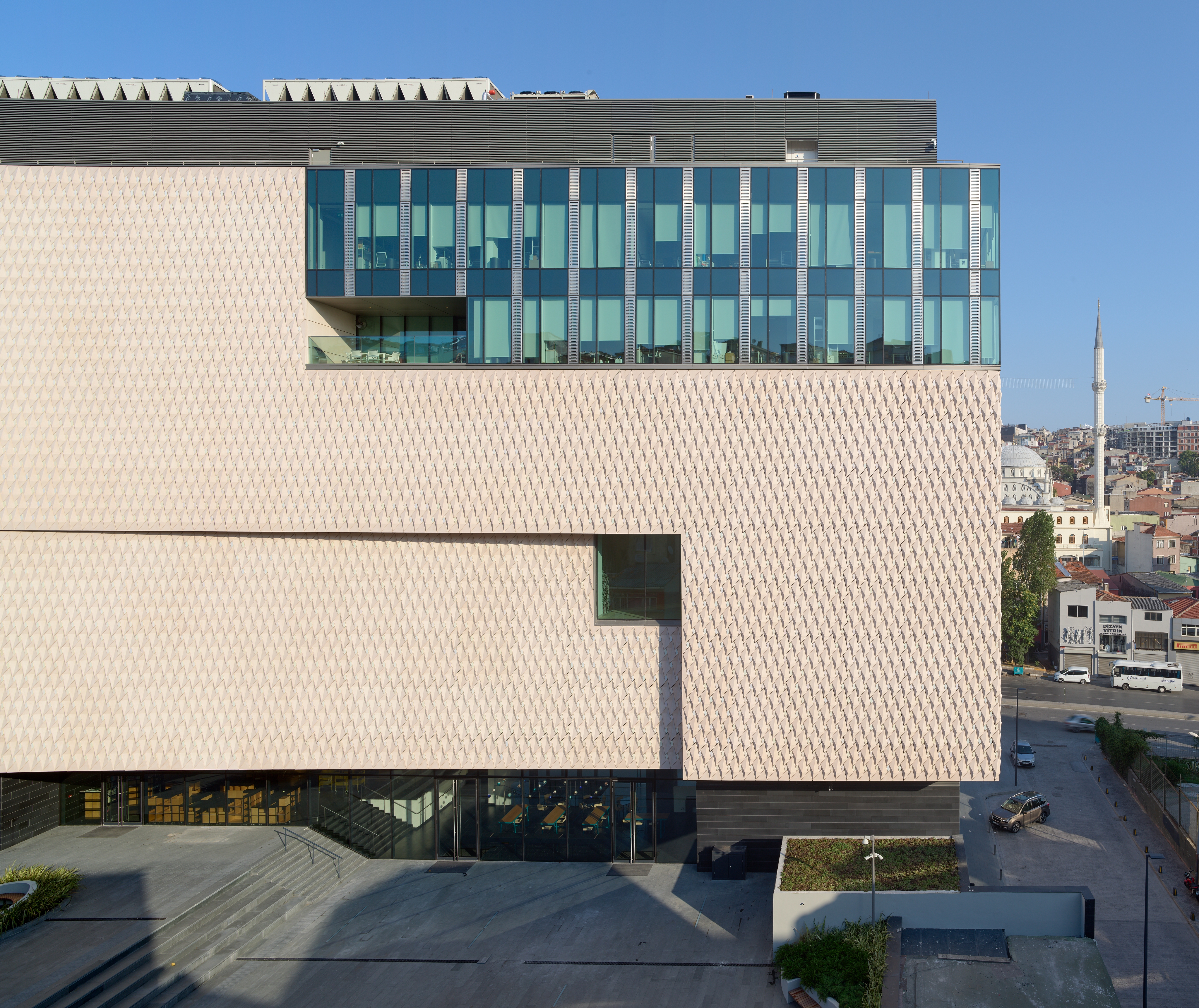
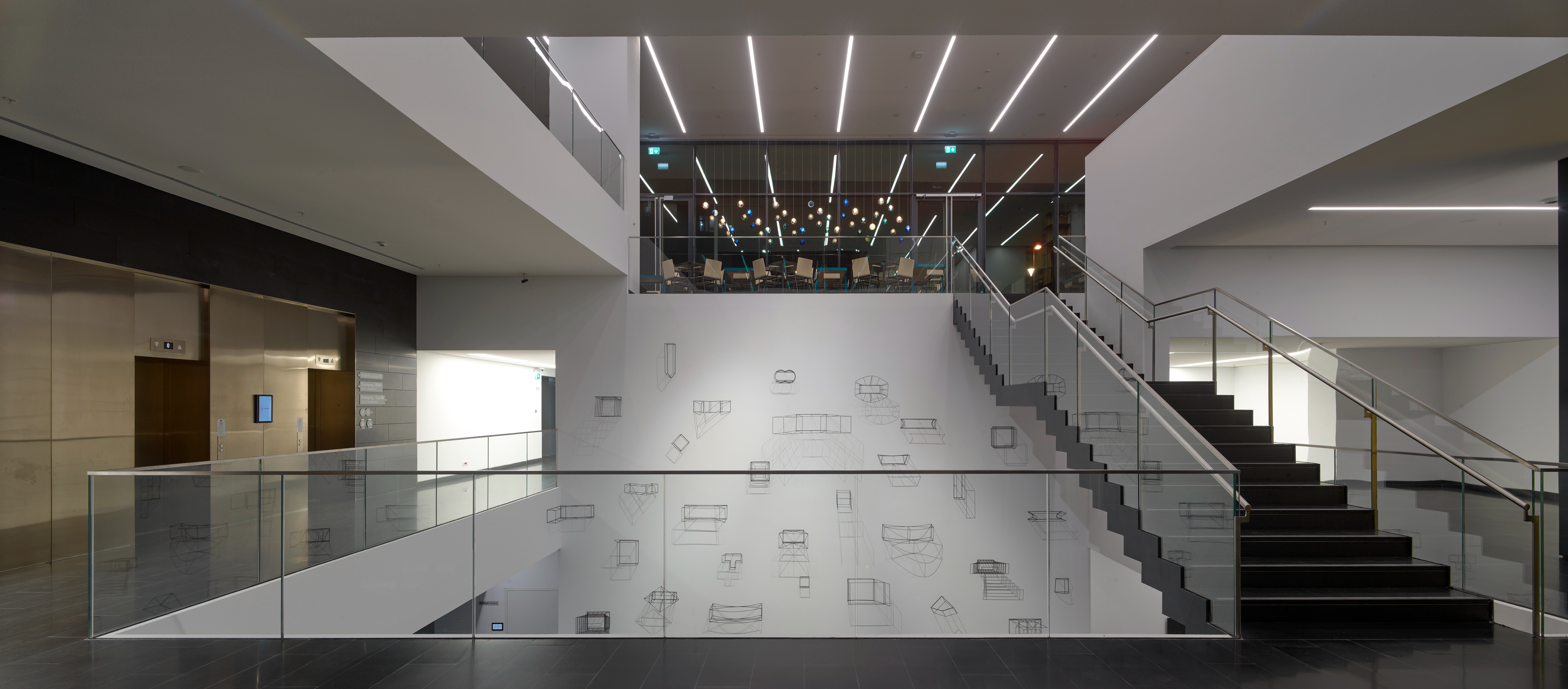

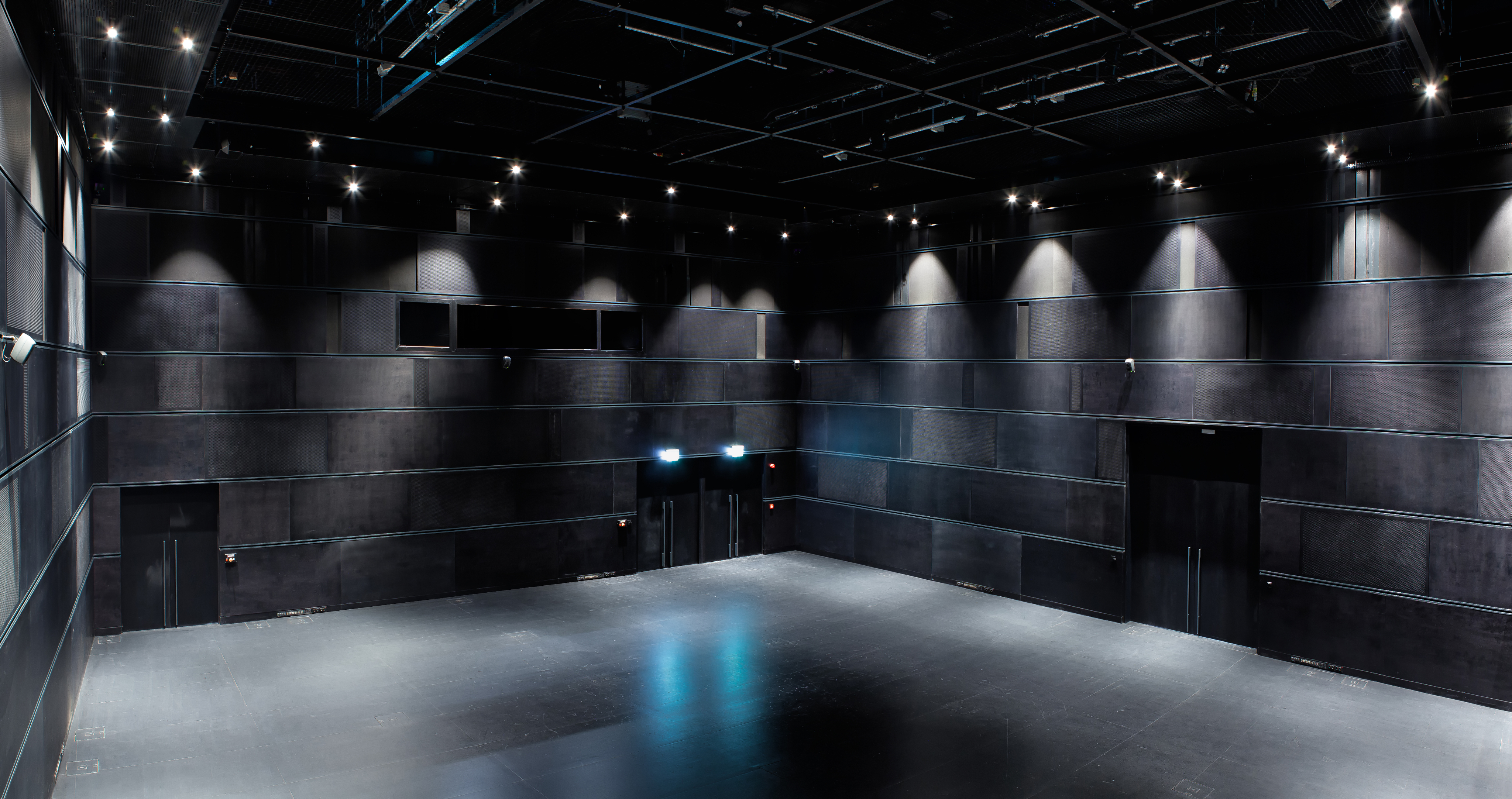
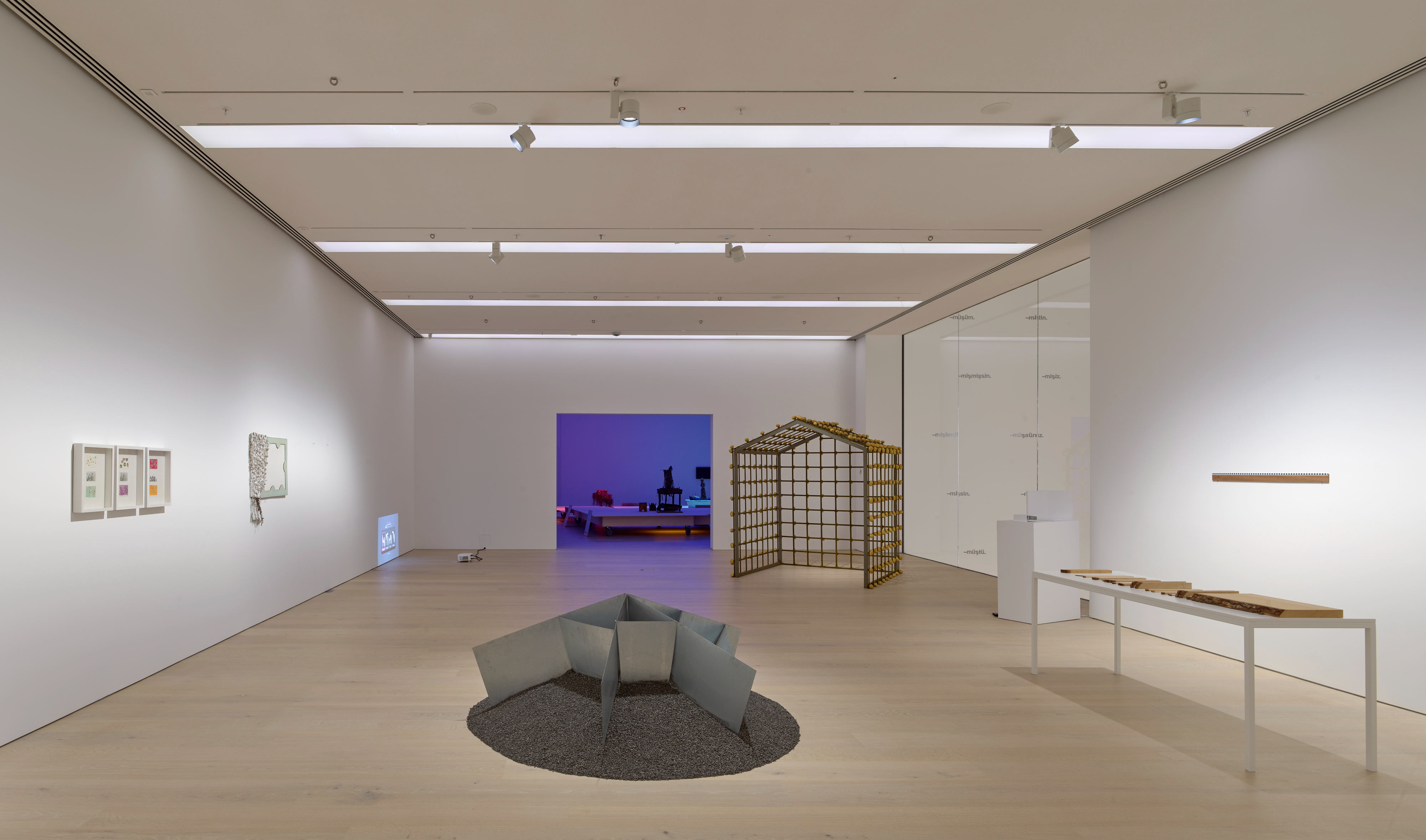

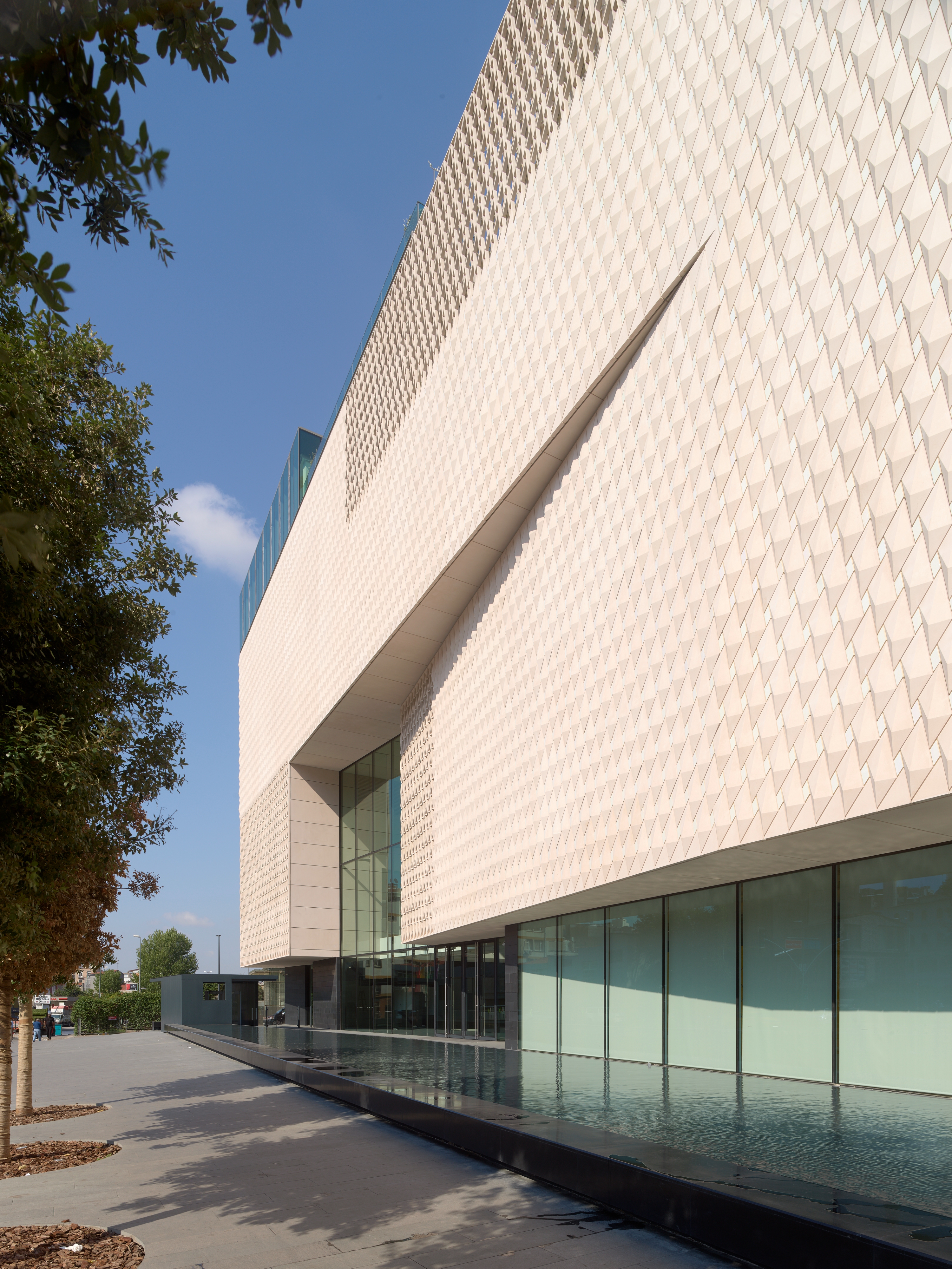
INFORMATION
Wallpaper* Newsletter
Receive our daily digest of inspiration, escapism and design stories from around the world direct to your inbox.
Tom Seymour is an award-winning journalist, lecturer, strategist and curator. Before pursuing his freelance career, he was Senior Editor for CHANEL Arts & Culture. He has also worked at The Art Newspaper, University of the Arts London and the British Journal of Photography and i-D. He has published in print for The Guardian, The Observer, The New York Times, The Financial Times and Telegraph among others. He won Writer of the Year in 2020 and Specialist Writer of the Year in 2019 and 2021 at the PPA Awards for his work with The Royal Photographic Society. In 2017, Tom worked with Sian Davey to co-create Together, an amalgam of photography and writing which exhibited at London’s National Portrait Gallery.
-
 Marylebone restaurant Nina turns up the volume on Italian dining
Marylebone restaurant Nina turns up the volume on Italian diningAt Nina, don’t expect a view of the Amalfi Coast. Do expect pasta, leopard print and industrial chic
By Sofia de la Cruz
-
 Tour the wonderful homes of ‘Casa Mexicana’, an ode to residential architecture in Mexico
Tour the wonderful homes of ‘Casa Mexicana’, an ode to residential architecture in Mexico‘Casa Mexicana’ is a new book celebrating the country’s residential architecture, highlighting its influence across the world
By Ellie Stathaki
-
 Jonathan Anderson is heading to Dior Men
Jonathan Anderson is heading to Dior MenAfter months of speculation, it has been confirmed this morning that Jonathan Anderson, who left Loewe earlier this year, is the successor to Kim Jones at Dior Men
By Jack Moss
-
![Installation views of It’s not my job, it’s your job / Ce n’est pas mon travail, c’est votre travail at [mac] mus e d’art contemporain de Marseille, 2023](https://cdn.mos.cms.futurecdn.net/CC3pZWbdpNejcfiv4jeXBB.jpg) Marseille’s Museum of Contemporary Art (MAC) reopens with a pop
Marseille’s Museum of Contemporary Art (MAC) reopens with a popAmidst social turmoil, Marseille’s Museum of Contemporary Art (MAC) reopens following a four-year facelift with a pop-coloured show by Paola Pivi
By Benoit Loiseau
-
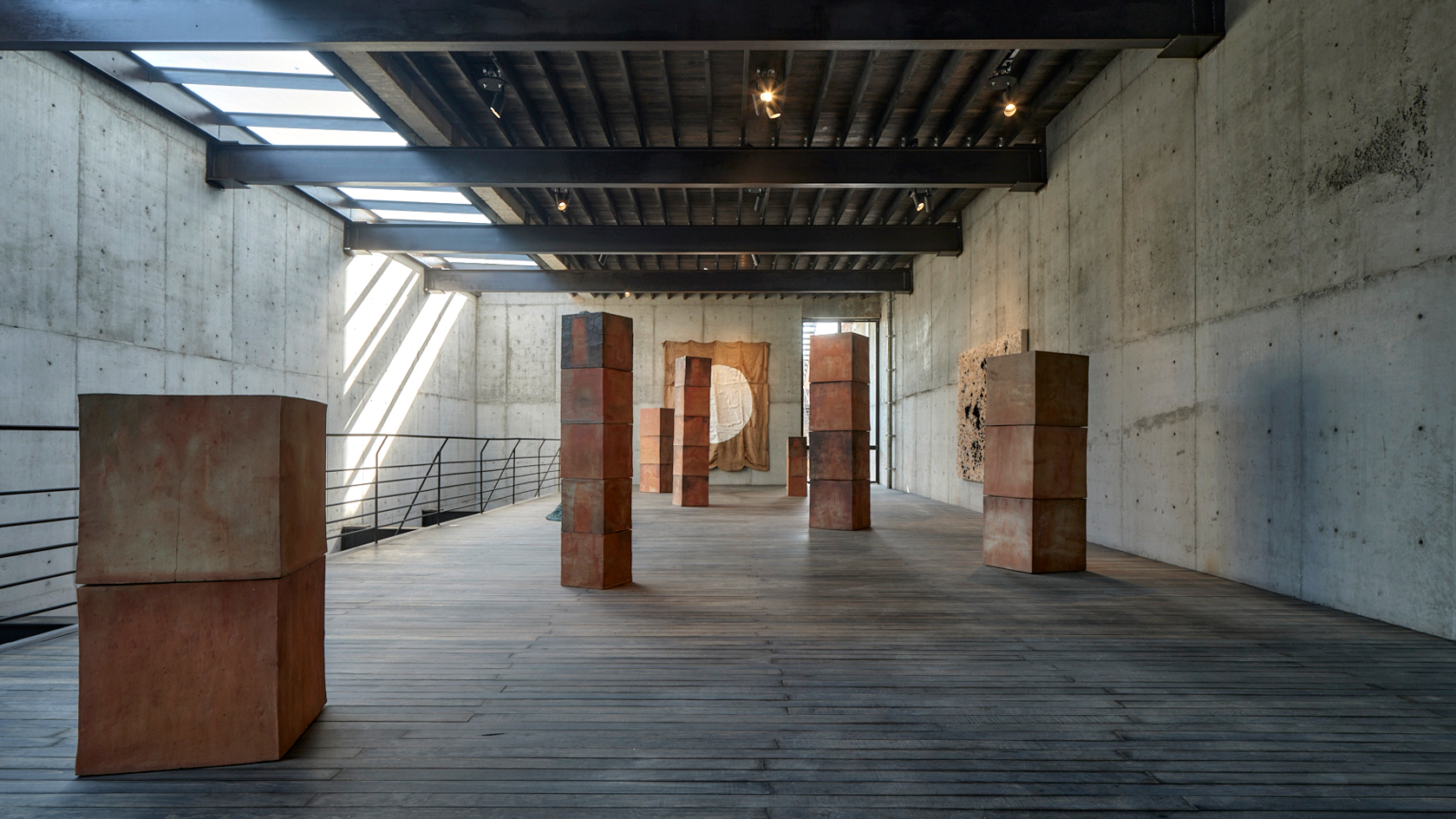 Bosco Sodi’s monumental new Mexico City studio is a multifunctional feat
Bosco Sodi’s monumental new Mexico City studio is a multifunctional featAs Bosco Sodi unveils his new Studio CMDX in Atlampa, Mexico City, we speak to the artist about how the vast Alberto Kalach-designed former warehouse is a feat in multitasking
By Juliana Piskorz
-
 Roger Ballen’s Inside Out Centre for the Arts opens in Johannesburg
Roger Ballen’s Inside Out Centre for the Arts opens in JohannesburgThe Inside Out Centre for the Arts, founded by artist Roger Ballen, is Johannesburg’s newest hub for art related to the African continent
By Daniel Scheffler
-
 Laure Prouvost unveils inaugural Light Hall commission at National Museum in Oslo
Laure Prouvost unveils inaugural Light Hall commission at National Museum in OsloThe Turner Prize-winning artist takes over the cavernous space atop Oslo’s new National Museum with an ethereal installation
By Will Jennings
-
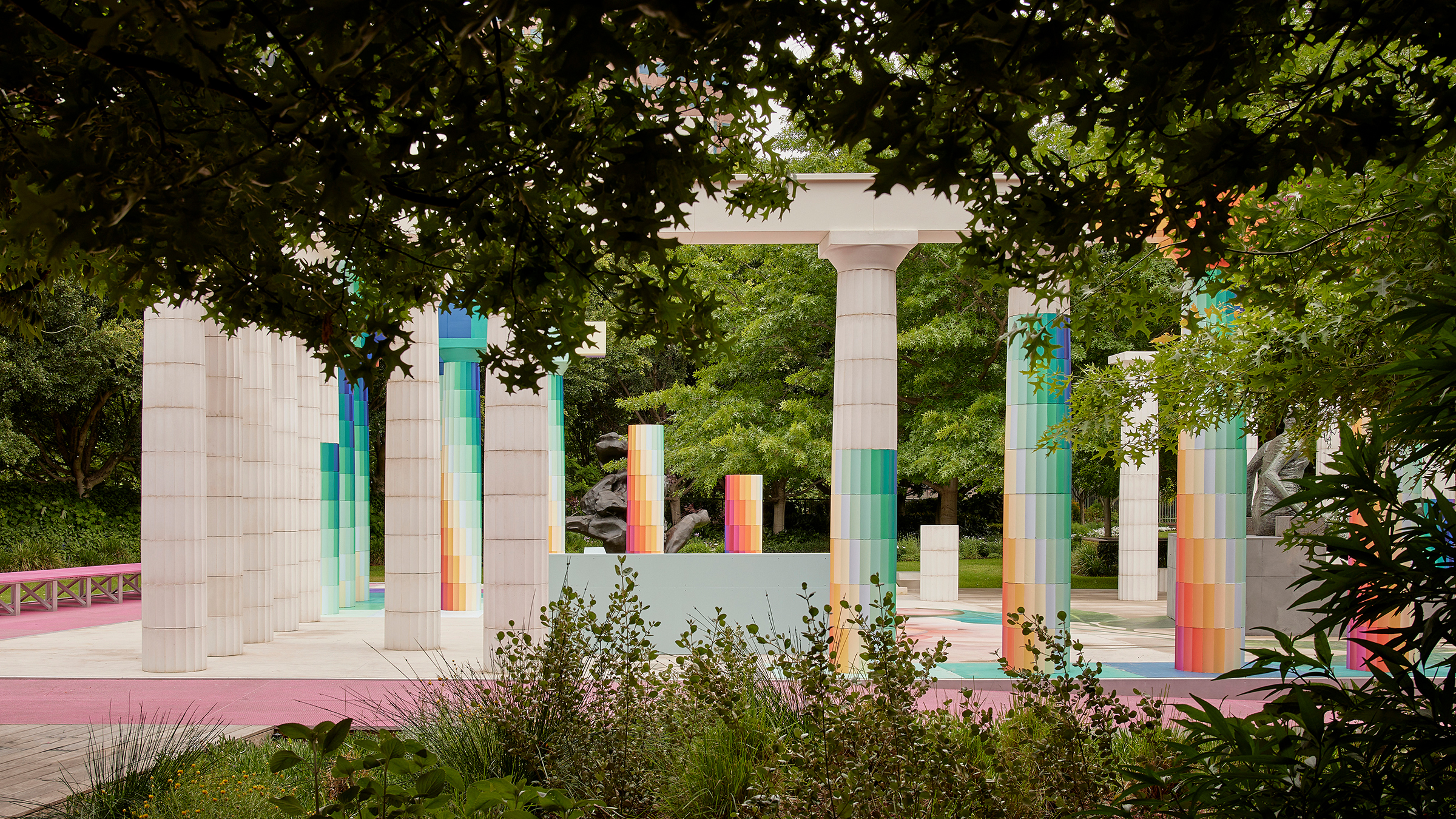 2022 NGV Architecture Commission is an evolving, artist-led reimagining of a Greek icon
2022 NGV Architecture Commission is an evolving, artist-led reimagining of a Greek iconTemple of Boom, the 2022 NGV Architecture Commission, is an evocative reimagining of The Parthenon designed by architects Adam Newman and Kelvin Tsang with interventions by Australian artists
By Martha Elliott
-
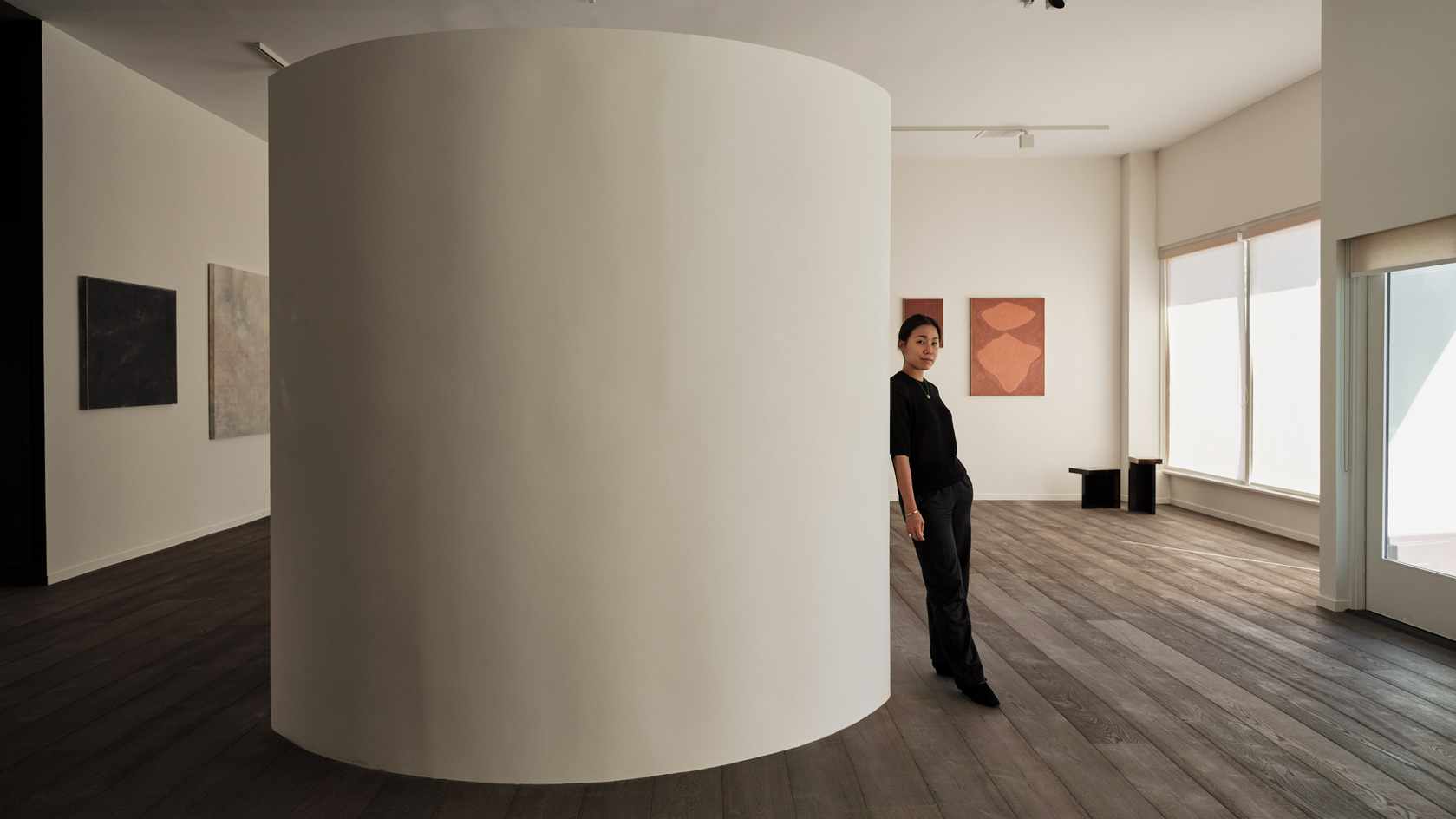 Francis Gallery Los Angeles is a haven of harmony, natural materials and Korean art
Francis Gallery Los Angeles is a haven of harmony, natural materials and Korean artWe speak to gallerist Rosa Park, founder of the new Francis Gallery Los Angeles, which has opened with a show of six emerging and established Korean artists
By Tilly Macalister-Smith
-
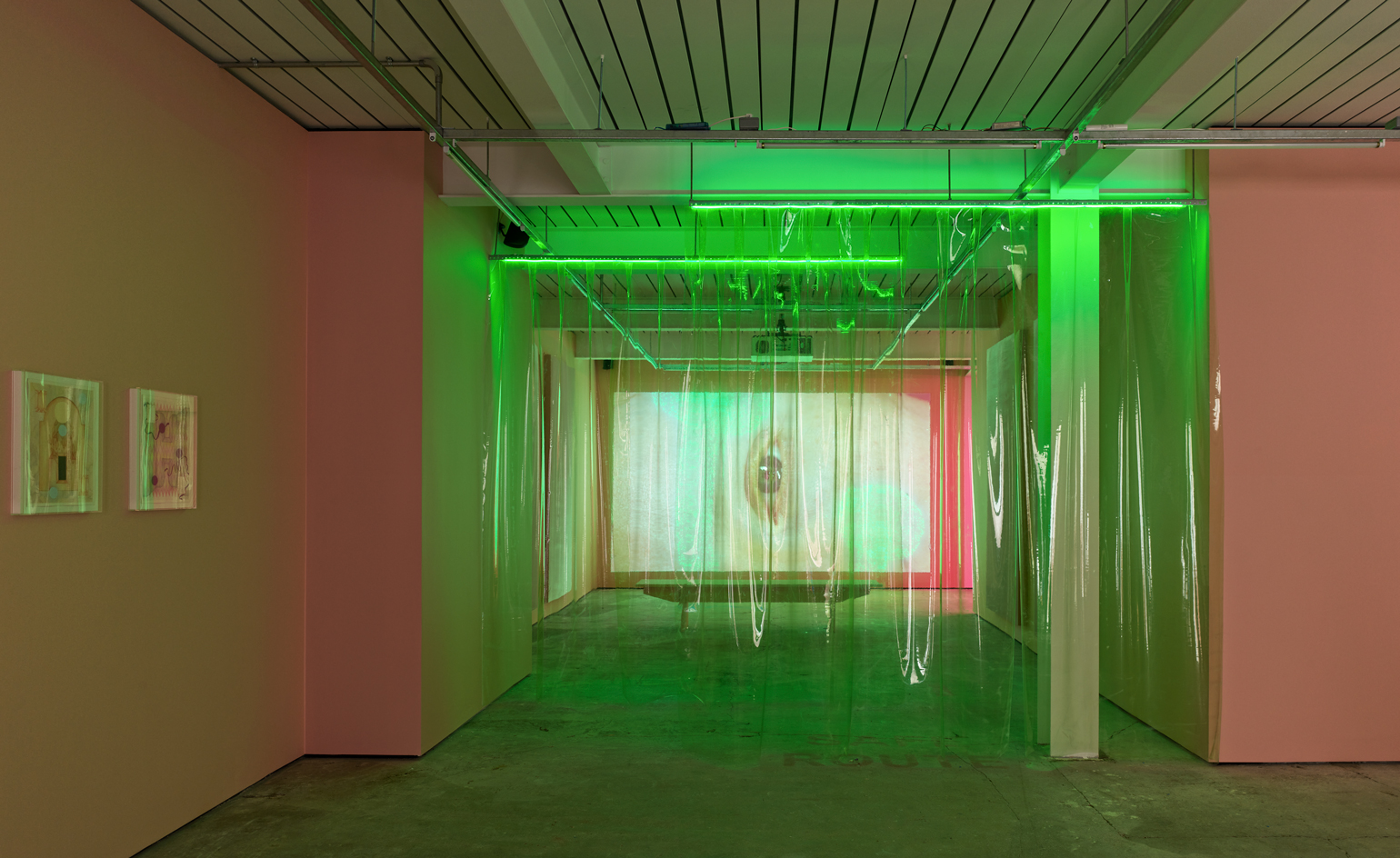 Gathering: the new Soho gallery blending art and social activism
Gathering: the new Soho gallery blending art and social activismGathering, the newest gallery resident in London’s Soho, will focus on contemporary art exploring systemic social issues. Ahead of Tai Shani’s inaugural show, we speak to founders Alex Flick and Trinidad Fombella about their vision for the gallery
By Harriet Lloyd-Smith
-
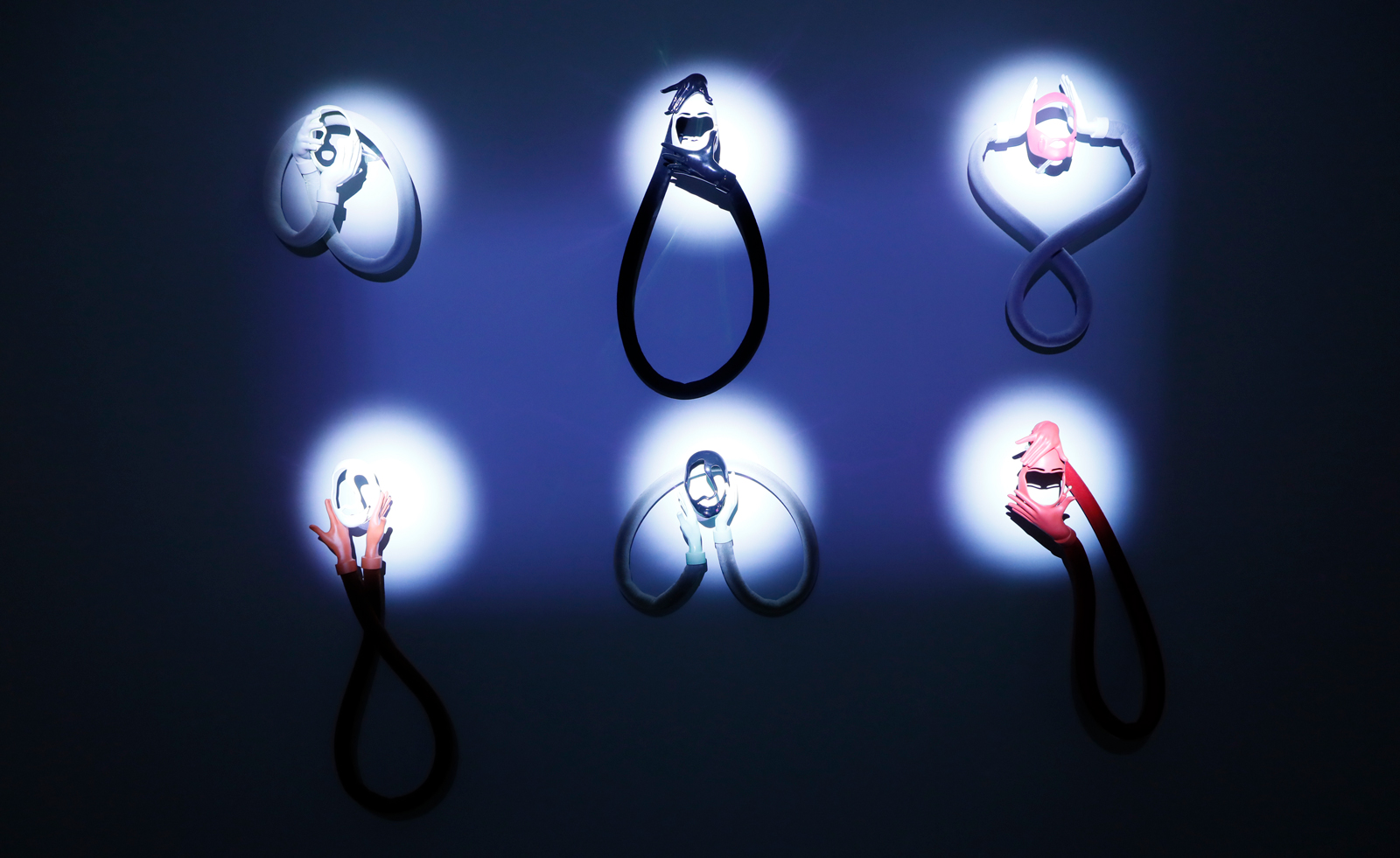 Hussein Chalayan’s new Istanbul exhibition: disembodiment meets postcolonialism
Hussein Chalayan’s new Istanbul exhibition: disembodiment meets postcolonialismHussein Chalayan explores identity and the postcolonial body in a new exhibition, ‘Souffleur’, taking place at Istanbul’s Sakıp Sabancı Museum
By Hannah Silver